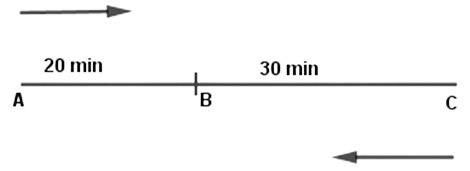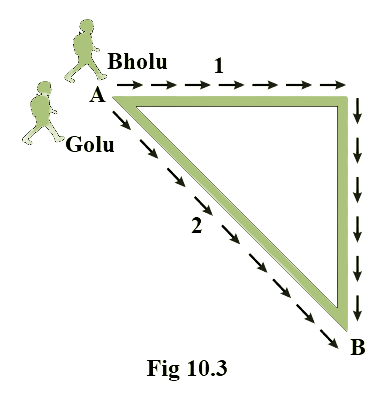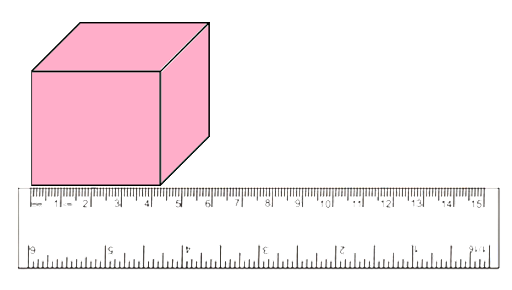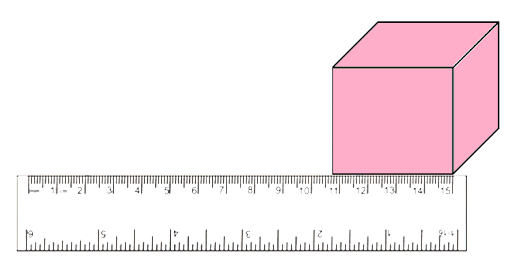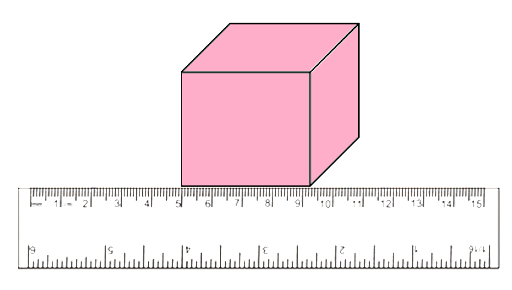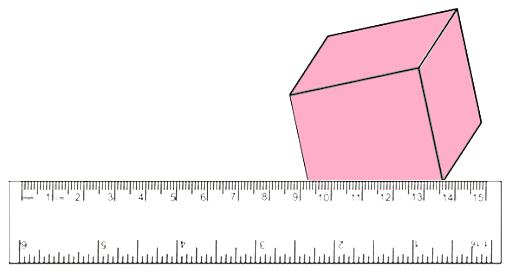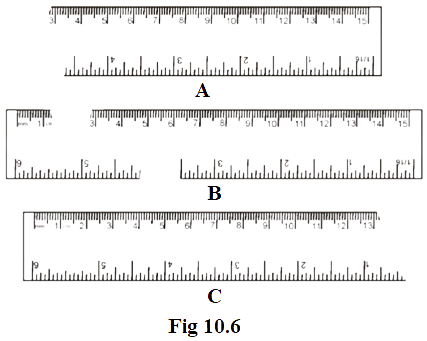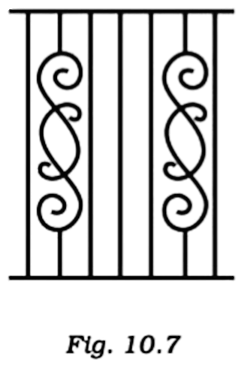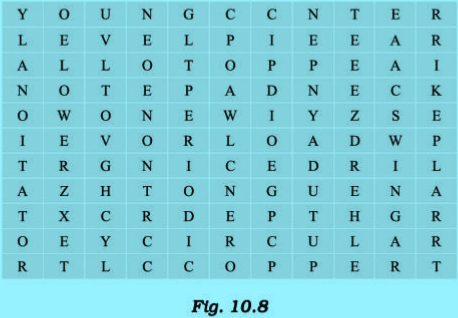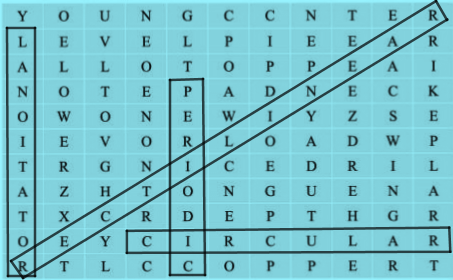Class 6 Science NCERT Exemplar Solutions Chapter 10 Motion and Measurement of Distances
FAQs on NCERT Exemplar for Class 6 Science Solutions Chapter 10 Motion and Measurement of Distances
1. What is the measurement of the area?
Area can be defined as the space or amount of surface occupied by an object or someplace. The area can be calculated using different formulas for different surfaces or shapes. It is calculated by multiplying the length and breadth. It can be written as:
Area = length x breadth
The SI unit for area is square meters represented as m2. Some other units are cm2, km2 and mm2. These are usually for smaller area measurements. The larger areas are measured using acre or hectare. For example,1 acre= 100 m2. For measuring irregular surfaces, graph papers are used as there are no formulas for finding such shapes’ areas.
2. How is volume measured?
Volume can be defined as the space or area that has been occupied by a substance which can be in a solid, liquid, or gas state. It is usually given by multiplying length, breadth, and height (length x breadth x height = Volume). The SI unit of volume is a cubic meter which is written as m3. The CGS standard unit for volume is a centimeter cube written as cm3 . The volume for irregular bodies cannot be measured using this formula. Some volumes for bodies that contain liquid can be measured directly. For example, a measuring jar is used to measure liquids that can be used directly for the required amount. Similarly, measuring vessels are used to measure the volume of liquids like oil and milk.
3. How is time measured?
Time can be defined as the interval between two different events. The SI unit for it is second (s). There are different units for a time that are used accordingly. For 1 minute, the total amount of seconds is 60. That means 60 seconds makes 1 minute. Similarly, 1 hour contains 60 minutes. A day has 24 hours. Time is measured in days too like in a year, we have 365 days and a decade means 10 years. Thus, these are some of the ways time can be measured.
4. What are rest and motion?
Rest is the state where a body or object is not in motion or moving. This is if the object doesn’t change its position concerning the reference point. This object which is not moving (i.e. stationary) is said to be at rest. For example, the table in your room is in a rest state compared to your room. On the other hand, motion is the opposite of rest which means the body or object is moving from one place to another and it is not stationary. For example, a vehicle that is moving or raindrops that fall on the ground due to the gravitational pull of the earth.
5. Can I get free NCERT Solutions for Chapter 10 of Science Class 6?
Yes, you can get all the NCERT solutions for this chapter. You can download them on the Vedantu platforms (app and website) by simply logging in or signing up. These solutions are free of cost and will help you with your studies. They are prepared by our Vedantu tutors who have years of experience in teaching and are subject experts who have prepared the solutions with explanations that will help you understand the concepts better.


























